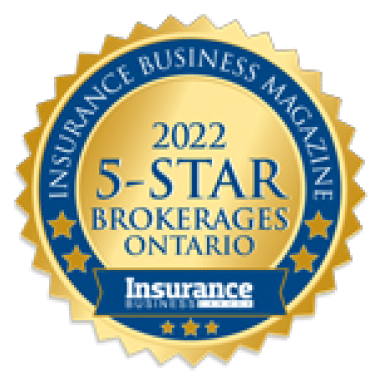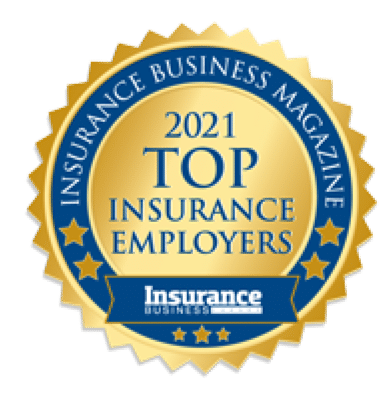Errors and Omissions (E&O) insurance is vital for professionals who provide services or advice. This insurance covers claims of negligence, mistakes, or failures in your professional duties that cause financial harm to clients. However, like any insurance policy, E&O insurance has exclusions—situations where coverage does not apply.
Understanding what is excluded from your E&O policy is crucial. Exclusions can leave you vulnerable to claims and financial loss. Knowing these gaps in your coverage helps you manage risks and protect your business effectively.
Understanding E&O Insurance Policy Exclusions
Errors and Omissions (E&O) insurance is a safety net for professionals, covering claims of mistakes or negligence. However, it is essential to understand that E&O insurance policies come with exclusions—specific situations and actions that the policy does not cover. Knowing these exclusions helps you avoid unexpected surprises and ensures you are better prepared in your professional duties.
Exclusions in E&O insurance policies are critical to read and comprehend. They outline what is not covered, thereby defining the scope and limits of your insurance protection. These exclusions can range from intentional wrongdoing and criminal acts to specific professional services not listed in your policy. Understanding these exclusions can make the difference between being fully prepared in a crisis or facing severe financial repercussions.
One of the first steps in understanding your E&O policy is to read the policy document thoroughly. Don’t hesitate to ask your insurance broker for clarifications on any aspects you don’t understand. Comprehensive knowledge of your policy terms and conditions ensures you know exactly when you’re covered and when you’re not. It also helps you take proactive steps to manage risks not covered by your E&O insurance, offering more complete protection for your professional practice or business.
Common Exclusions in E&O Insurance Policies
Every E&O insurance policy includes exclusions, and while they can vary among insurers, some common exclusions are typically present. Familiarizing yourself with these common exclusions ensures you are not caught off guard. Here are several exclusions you are likely to encounter in an E&O policy:
- Intentional Wrongdoing: Any intentional act of fraud, deceit, or criminal behaviour is usually excluded. E&O insurance is designed to cover accidents and errors, not deliberate misconduct.
- Prior Knowledge: Claims arising from actions or omissions that the insured knew or should have known about before the policy’s start date are generally excluded. This prevents coverage of issues that predate the insurance policy.
- Breach of Contract: Many E&O policies do not cover claims related to the intentional breach of a contract. If you fail to deliver services as promised, this may not be covered.
- Employment Practices: Issues related to employment practices such as wrongful termination, discrimination, or harassment are typically excluded. These are usually covered under separate Employment Practices Liability Insurance (EPLI).
- Intellectual Property Infringement: Claims involving the misuse or unauthorized use of intellectual property are often not covered by E&O insurance. Separate coverage may be needed for these types of claims.
- Bodily Injury and Property Damage: E&O insurance generally excludes claims related to bodily injury or property damage. These claims are typically covered under general liability insurance.
- Regulatory Sanctions: Fines or penalties imposed by regulatory bodies due to compliance failures are not usually covered. E&O insurance aims to cover client claims, not regulatory penalties.
Knowing these common exclusions ensures that you can identify gaps in your coverage and seek additional policies if necessary. Taking these precautions is essential for a well-rounded approach to risk management in your professional field.
Why These Exclusions Exist
Understanding why exclusions exist in E&O insurance policies can help you better navigate your coverage and manage risks. Insurers set these exclusions to protect themselves from undue risks that could make offering the policy financially unfeasible. Here are some key reasons why these exclusions are in place:
- Mitigating Moral Hazard: Excluding intentional wrongdoing ensures that policyholders do not engage in fraudulent or reckless behaviour, knowing their insurance will cover it. This helps maintain the integrity of the insurance system.
- Defining Coverage Scope: Exclusions help clearly define what the policy covers and what it doesn’t. This clarity helps avoid misunderstandings and disputes later on, ensuring that both the insurer and the insured are on the same page.
- Specialized Risks: Some risks, like employment practices or intellectual property issues, require specialized policies. Combining all these risks into a single E&O policy would make premiums very high and the policy complex to manage. Separate policies tailored to specific risks provide more competitive pricing and targeted coverage.
- Regulatory Compliance: E&O policies aim to cover business-related errors and omissions rather than compliance failures. Regulatory fines and penalties are generally excluded to emphasize that businesses should have robust compliance structures in place.
Understanding these reasons helps you appreciate the importance of exclusions. It also guides you in identifying areas where additional coverage may be necessary, ensuring comprehensive protection for your professional activities.
How to Mitigate Risks Not Covered by E&O Insurance
While E&O insurance provides essential coverage, it’s crucial to mitigate the risks not covered by your policy. Here are some strategies to help you manage these uncovered areas effectively:
- Additional Insurance Policies: Evaluate your needs and consider obtaining additional insurance policies to cover excluded risks. For example, invest in Employment Practices Liability Insurance (EPLI) for issues related to employment, or a Cyber Liability policy for data breaches.
- Risk Management: Implement robust risk management practices. This includes regular audits, thorough client agreements, and maintaining meticulous records. Proper documentation can help deflect potential claims and provide evidence in your favour if a dispute arises.
- Employee Training: Regularly train employees on best practices, legal requirements, and ethical standards. Ensure they understand the importance of compliance and the consequences of mistakes or intentional wrongdoing.
- Compliance Programs: Establish strong compliance programs to avoid fines and penalties from regulatory bodies. Keeping up with industry regulations and standards helps prevent issues that could lead to uncovered claims.
- Legal Consultation: Consult with legal experts to review your contracts, agreements, and compliance programs. A legal review can catch potential issues before they become problematic, reducing the risk of uncovered claims.
By proactively addressing these uncovered risks, you can create a well-rounded approach to risk management. This comprehensive strategy ensures that your practice or business remains protected, even in areas where E&O insurance does not provide coverage.
Conclusion
Navigating the exclusions in your E&O insurance policy is essential for managing professional risk effectively. While E&O insurance provides critical coverage for errors and omissions, understanding its limitations ensures you are not caught off guard. By identifying common exclusions and comprehending why they exist, you can take proactive steps to manage all your professional risks.
Investing in additional insurance policies, implementing strong risk management practices, and ensuring compliance can bridge the gaps in your coverage. This comprehensive approach helps safeguard your professional reputation and financial stability.
Protect your business and gain peace of mind by understanding and addressing the exclusions in your E&O insurance policy. Contact Ai Insurance Organization Inc., a full-service insurance brokerage for tailored advice and solutions that ensure your business stays protected against all potential risks.
Disclaimer: The information provided in this article is intended for illustrative purposes only and should not be considered as actual insurance advice. Our articles offer insights and general guidance on various insurance topics however, they do not substitute professional advice tailored to your specific circumstances. For expert, personalized insurance advice and solutions, please contact our licensed insurance brokers.












